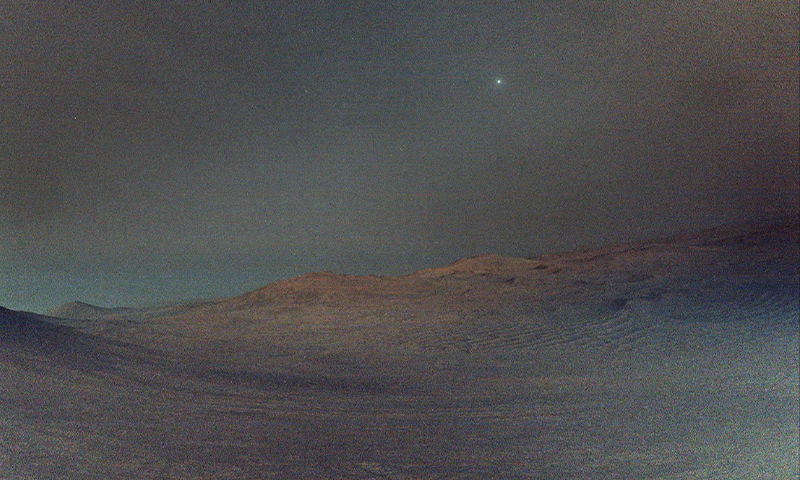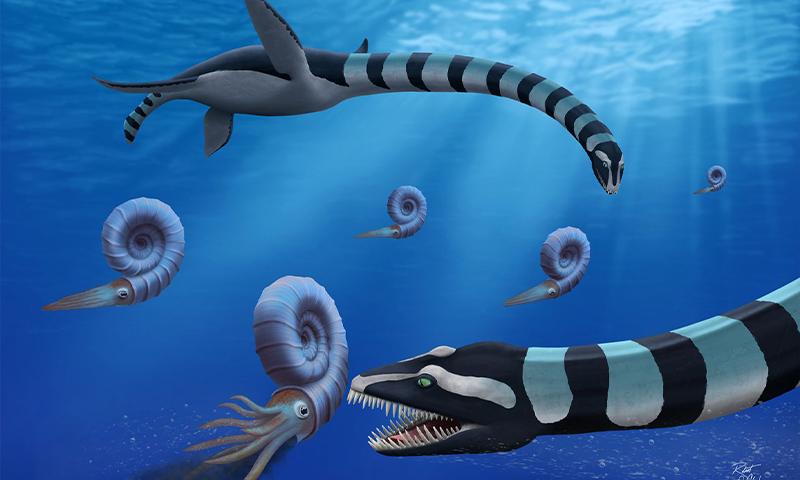Now Reading: Martian Moon Graces the Dawn Sky
-
01
Martian Moon Graces the Dawn Sky
Martian Moon Graces the Dawn Sky

Fast Summary
- NASA’s Perseverance rover captured a photograph of Deimos,the smaller of Mars’ two moons,glowing in the sky before sunrise.
- The origins of Deimos and Phobos remain under scientific debate, with theories suggesting they could either be captured asteroids or fragments from Mars itself.
- Some observations indicate similarities between the moons and carbon-rich asteroid material, differing from Mars’ iron-rich dust.
- Alternative theories propose that both moons formed from ejecta following an ancient impact event on Mars due to their circular orbits in a similar plane.
- Scientists involved include Christopher Edwards (north Arizona university) and Patrick michel (Lagrange Laboratory), citing curiosity about the moons’ enigmatic nature.
- Recent flybys conducted by missions like Hera and Hope provided new data on Deimos; findings suggest slight material differences between Deimos and Phobos.
- Japan’s Martian Moon Exploration mission (2024) aims to return samples by 2031 to resolve questions about moon origins.
- Historically, speculation about Martian moons dates back centuries-from galileo’s misinterpreted cryptic discoveries to Asaph Hall formally observing them in 1877.
Indian Opinion Analysis
The study of Martian moons offers profound scientific possibilities that align with India’s increasing ambitions for space exploration. Understanding celestial body origins-whether captured asteroids or planetary debris-provides vital knowledge for upcoming missions focusing on planetary defense against near-Earth objects or exploitation of asteroid resources.
India can observe these efforts as preparatory examples under ISRO’s plans for deep space exploration missions. Furthermore,collaborations with agencies undertaking such research may accelerate technological advances domestically. While India has not actively contributed directly to major extraterrestrial sample-return programs thus far, developments like these underline why investments in space science are critical for strategic positioning globally.identifying whether these enigmatic bodies share characteristics with Earth’s processes could foster curiosity-driven learning across India’s academic institutions pursuing planetary geology as an aspirational discipline-a stepping stone toward meaningful global participation in interplanetary studies.

























